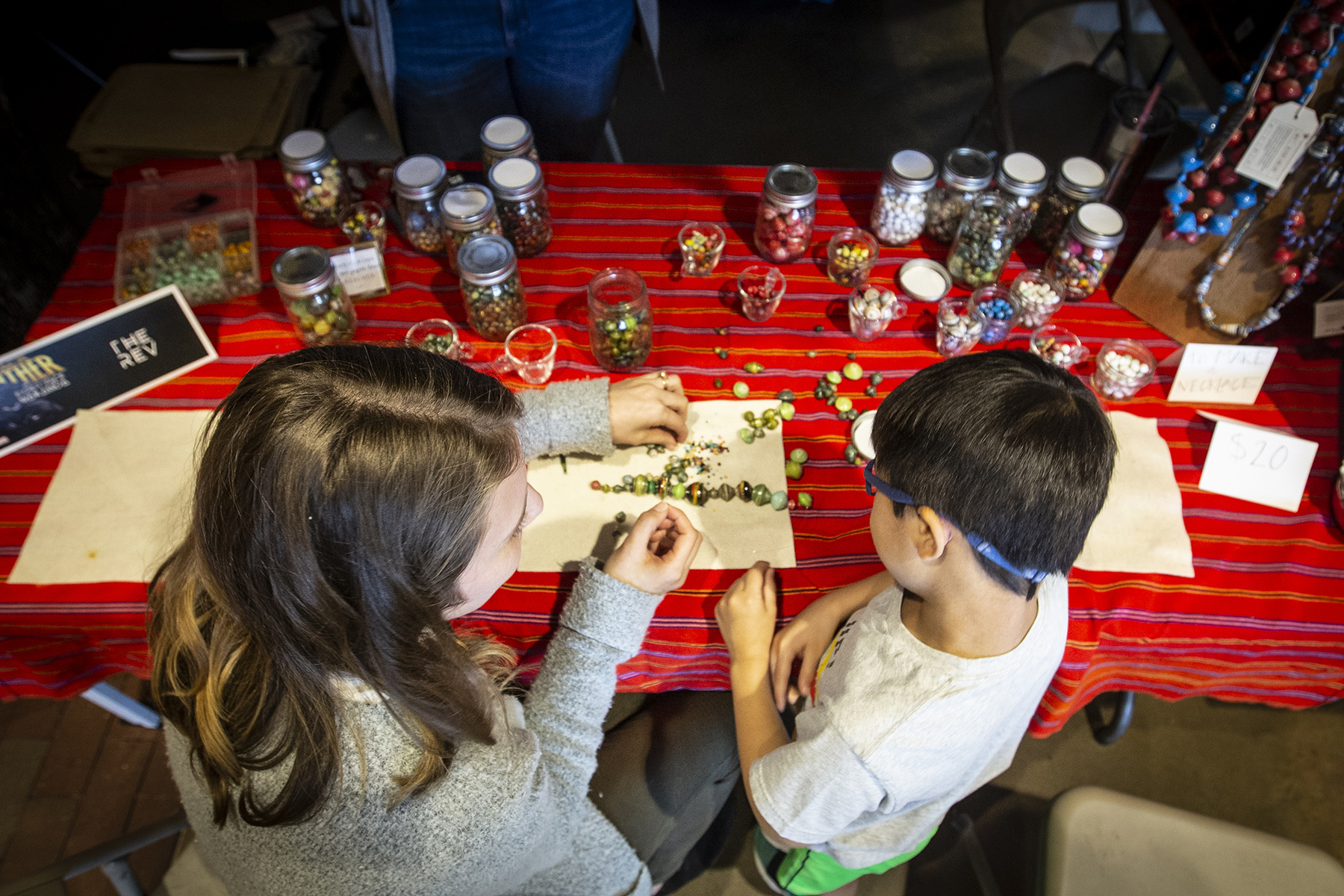When is the time to focus on math skills?
Is it middle and high school when faced with algebra and calculus? Is it in elementary school when learning non-equivalent fractions? Actually, the process of laying the foundations begins in the earliest years of life.
Learning within the field of math is like learning a foreign language or computer coding. The younger you start, and the more you practice, the better you get. Very young children spontaneously play at adding to their knowledge of number, quantity, and pattern nearly every day by sorting and grouping objects by their attributes like color, shape, and size. They order and pattern and measure and match quantities of objects. They take joy in stacking and counting and share the sums they reach with triumph and pride.
Unfortunately, this kind of play doesn’t always continue into middle childhood. By the time our children reach first grade, most parents begin to think of math as something that happens at school – not something that is playfully practiced at home for the fun of it.
Take basic calculation (addition and subtraction) as a case in point. Would it surprise you to learn the average two-year-old understands that when you add one object to another, you have more than you had at the beginning and that the number of objects you now have equals two? And further, that adding another object represents more still and that the sum of the objects then equals three? It’s true. Think of how sophisticated the two-year-old mathematician is if addition is already in his/her grasp. This means simple games that involve combining (adding) and separating (subtracting) objects can start your very young child on the road to significant abilities in calculation. This ability doesn’t start by doing sums on a worksheet, but by counting objects, adding or taking away one object from the set, and counting again. You can begin with toys, pictures of objects, or verbally with your imagination to get to the biggest result.
…conclusion:
Know that it is not too early to start playing with number, quantity, and pattern. Here are some tips to help your child develop solid understandings within the realm of mathematics:
- Count the things you see in the world around you. Play a game we call “On Three” with babies and toddlers. Hold up fingers to match the number you are saying and then counting down until tickling your child while you emphasize the last number.
- Play with number recognition. Although this can be hard for some children, don’t let that be a setback.
- Match numbers with their quantities. A great way to build strong number sense is to design your own game of rolling a die that shows a quantity and matching it to the correct number of objects.
- Challenge your child to group, sort, and pattern objects.
- Start mental math early. As soon as your child can correctly answer the question, “If you had one lollipop and I gave you another lollipop, how many would you have?” your child is ready to start adding and subtracting small amounts in his/her head.
- Talk about the numbers, quantities, and patterns you see out in the world. These are the things parents who become scientists and engineers, and architects and doctors tend to do with their children.





 Relevant Exhibits & Programs
Relevant Exhibits & Programs



 Groups Today:
Groups Today:
